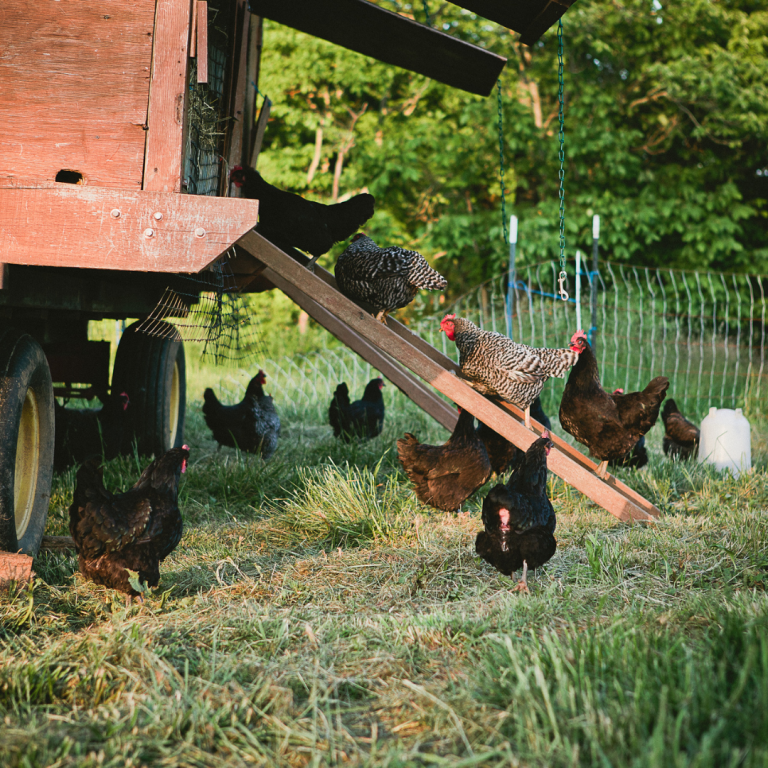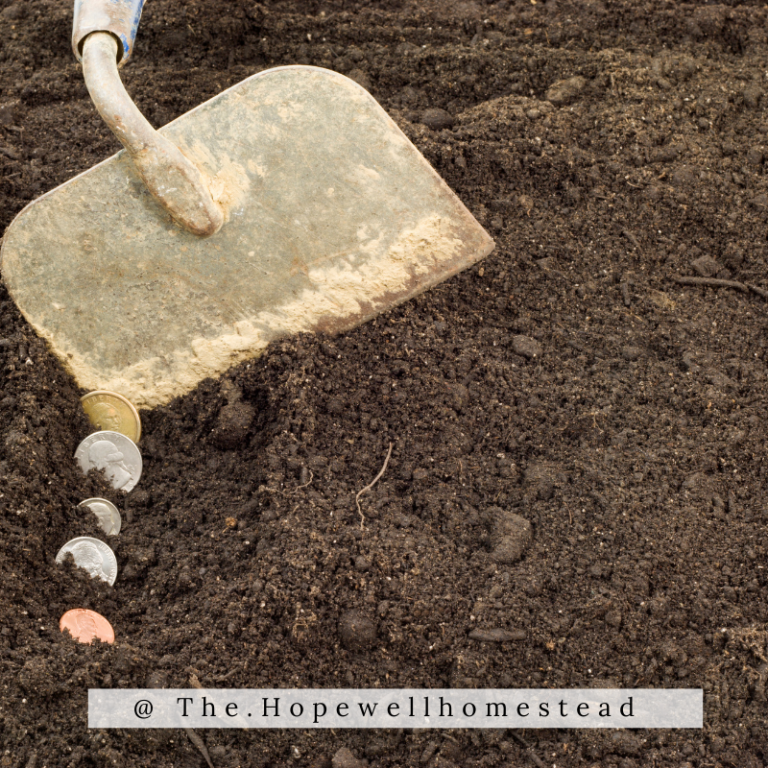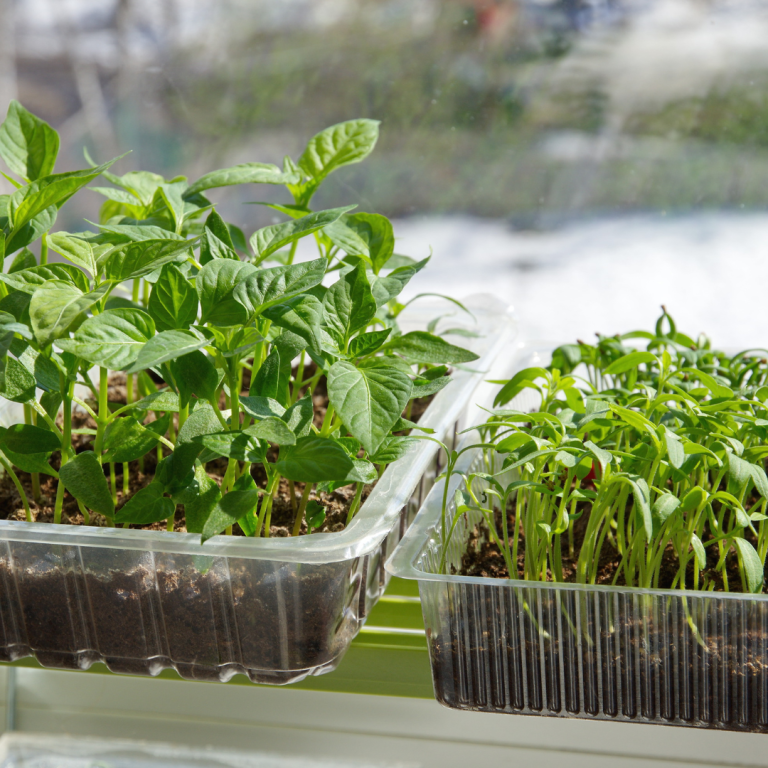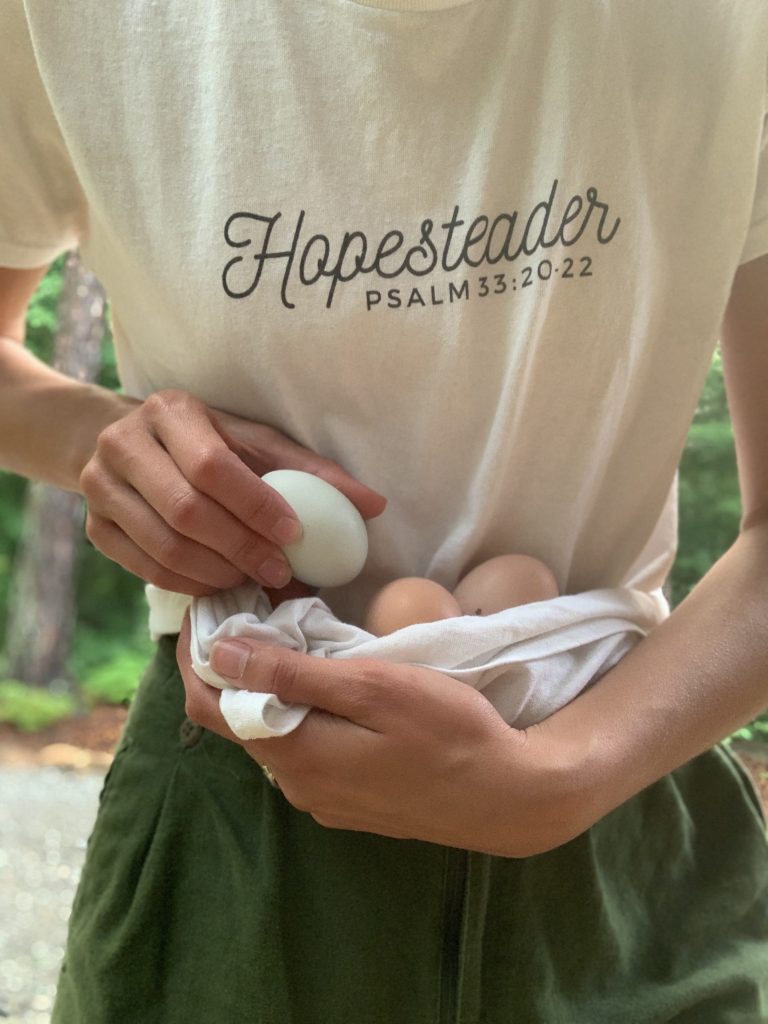In the online Homesteading community, a new term has cropped up over the last few years and has finally caught my attention. That term is Electroculture. Also spelled Electro-culture, this technique utilizes static, ambient and pulsed electricity to stimulate plant growth.
As I began researching this topic over the last 2 years on and off, I struggled to find older (prior to 2020) accounts of this technique, but I did turn up a few.
The first source I found and read through was located within the archives online, printed in the 1920s from Australia – “Electroculture” by Justin Christofleu – He described electroculture as “applying atmospheric electricity to the fertilization of plant life, ” (p. 8). He also introduces basics terminology on the description pages as it pertains to electro culture so the reader is able to have a sense of what they are reading in the pages to follow. It is fairly easy to follow in my opinion, but it did take me a few times of concentrated reading and further research to get a better grasp at what all is involved in his version of electro culture. Mons. Christofleu patented a device which is referred to as an “apparatus” in his book and at the time, was available to purchase. The apparatus sat 20 ft. from the ground on the top of a wood pole, so the apparatus was positioned horizontally to the ground. It also had to have its wires pointing magnetic north and south in order to work appropriately. The book goes on to give instruction on how to use the apparatus in different applications. One that caught my interest was the trellises on grape vines in a row, horizontal to the ground, with the apparatus on top of a pole that suspended the wires. It resembles a section of modern day electrical fencing with a “solar charger” on one end. The book also includes accounts of those who have purchased and used Mons. Christofleu’s apparatus with great success from all over the world. I can only imagine his excitement of receiving these accounts by post and mail. The image below is within one of the accounts in his book. I chose this photo as it resembles Peter Glazebrook giants vegetables.

The second source is Chapter 5 from a PDF titled “Hemp Husbandry” by Robert A. Nelson from 2000. I enjoyed peering through this PDF in particular because it exposed another layer (or several) in the realm of Electro-culture that I was not aware of and had not seen mention of. Just past the Introduction, are sections 5.3-5.9 and it mentions electrostatics, DC, AC, Magnetism, Electrogenetics, Sound and Light. He also has a section included for references and through out this short read, shares additional sources. If you are growing hemp or are interest in it, Nelson has a ton of information you might be interested here.
The third source I found is a United States Department of Agriculture bulletin titled “Electroculture” dated January 1926 written by Lyman J. Briggs, A.B. Campbell, R.H. Herald, and L.H. Flint from the Office of Biophysical Investigations, Bureau of Plant Industry. It has 36 pages of information relative to electro culture. Literature is cited within, as well as several different methods and experiments on specific types of crops. One specific test was run in 1907 on “Arlington Experiment Farm“, (more about Arlington Experiment Farm). What I found particularly interesting about this type of electro culture was the amplification of a steady stream of voltage by electrifying the garden for 656 hours total (from June 20th – September 16th, 1907). The findings seemed to be “average” across the boards and indicated electroculture had “no significant increase” in crop yield. I have to admit, I read it a bit deflated after reviewing the yield tables and can imagine other hopeful farmers of the time, catching wind of the electro culture phenomenon being popularized through Europe, then reading these results and probably feeling relief to file away the electro culture craze out of their mind or grief that it wasn’t producing the fruits it boasted about elsewhere.
In more recent years, I came across this article on how Chinese researches claim electroculture works as theorized. They also used a $40 turboelectric nano generator powered by rainfall and wind. (view article here)
Naturally, within my own means, I had to put this to the test.
I casually mentioned to my friend Shallon of The Appalachian Homestead that electro culture interested me greatly and that I was going to try it in my garden. Without batting an eye, she replied, “We’ve been doing that for years”, and something about copper wires and a pipe and a thorough explanation of how they employed electro culture in their heirloom market and kitchen gardens.
We discussed the how and the why we think it works all in the latest podcast episode where you can listen here.
I mentioned in the episode that I am a member of The Compound club (learn more about it here) which has provided a steady stream of gardening wisdom for me to continue to grow and improve my producing vegetable garden as well as learn and a ton of other helpful, appalachian wisdom relevant to my heritage and region.
SHALLON’S FAMILY METHOD FOR ELECTROCULTURE
- Crop rows run magnetic North to South.
- Stakes are placed in the rows every 3-4 ft. to support a thin copper wire suspended a few to several inches above the row, along side the crop growing. Stakes are not in walkways but directly in the rows.
- There are spinning wheels (a decorative pinwheel) made from copper to capture ambient electricity (static electricity).
- The wire runs the length of the row, magnetic North to South and around the perimeter.
You can see Shallon’s instagram story highlight on it here.
Tune into the podcast episode “14. Electroculture in the Garden with The Appalachian Homestead” as we answer a few specific questions our friends on Instagram had for us.
my electroculture use in the garden is a culmination of using what I have right now and growing it to be more functional as time goes on. Currently in each row, I have 14” cut 8 gauge bare copper wire that I’ve placed every 3-4 ft in my rows, next to my crops. They stock out about 8” inches or so above the ground. My rows run east to west instead of the suggested north and south due to topography and wanting water to run between the rows versus pooling. I have noticed right off the bat that my onion starts and potatoes took root at warp speed, going from extreme dehydration as seeds and starts to plump and growing in as little as 3 days. Coincidence? Time will tell but I’m thrilled at the vigor I have noticed with no additional inputs.



Now that everything is in the garden, I’ll be able to watch it’s progress over this grow season. I can already tell that the plants closest to the copper wire are at an advantage and it’s noticeable that they are a darker green and have a healthy look to them.
What about you? Are you going to attempt to bring in some form of electroculture in your home garden? Have you before? Have you had success using electro culture? What form did you use? What sources did you utilize? Share below!






